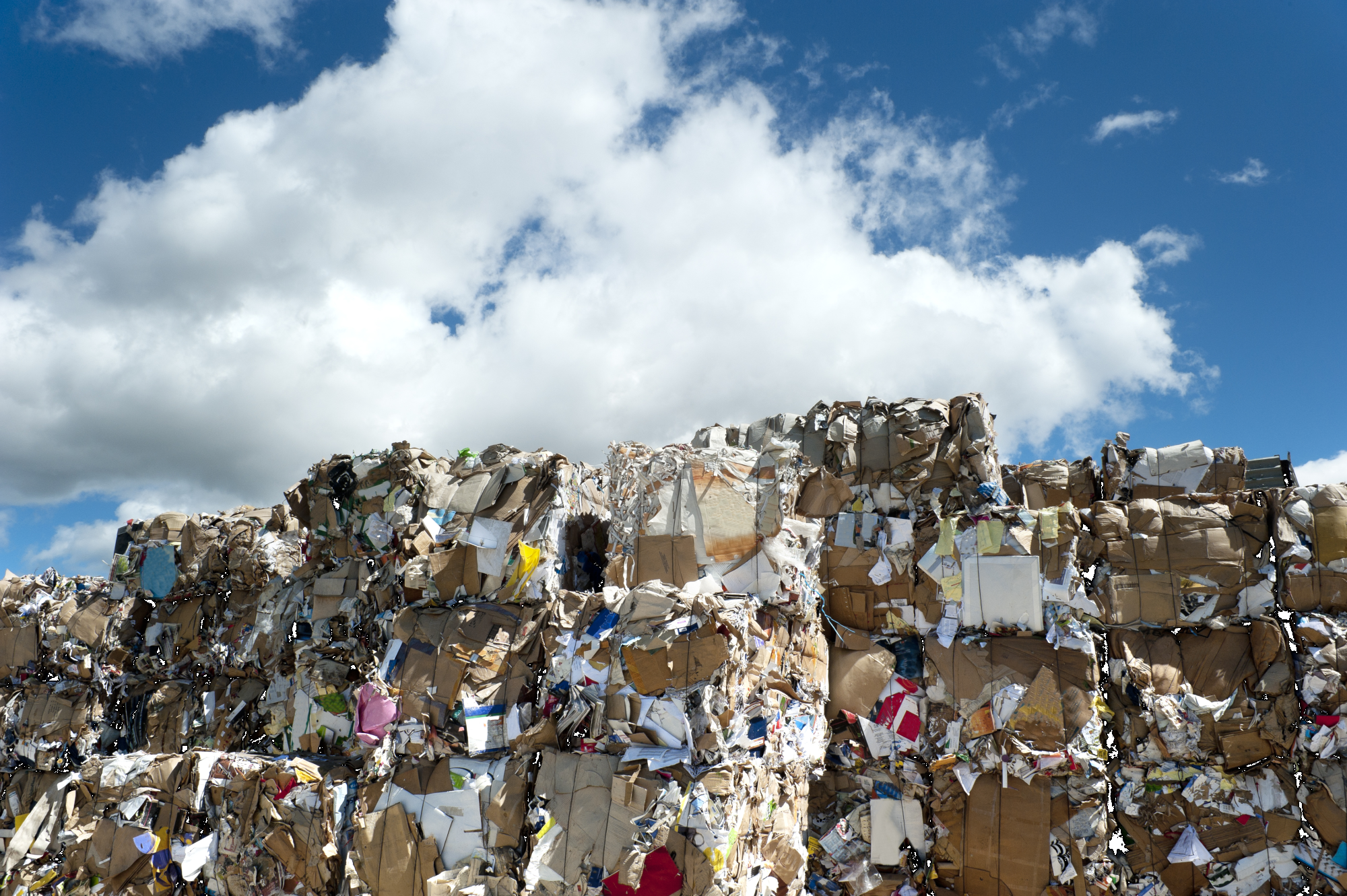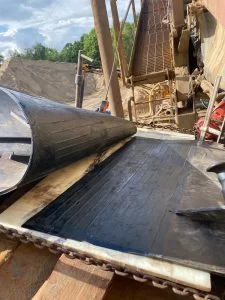MRF tonnages: It is anticipated that the quantities of dry recyclables sent to material recycling facilities (MRFs) will increase by approximately 12% in the upcoming seven years, even with the introduction of a deposit return scheme, leading to some material loss.
The consultancy firm Monksleigh recently released a report on the Material Recycling Facilities (MRF) market, marking its second publication on the topic. The report, issued this month, analyses data from the 2022 calendar year and notes a 3% decrease in overall MRF tonnages, totalling 4.1 million tonnes. This decrease was observed across 107 MRFs nationwide, a slight reduction from the previous year.
Despite this decrease, Monksleigh anticipates a net increase in the tonnage of local authority materials processed by MRFs by approximately 500,000 tonnes annually. This forecast accounts for the dual impact of material losses to Deposit Return Schemes (DRS) and the growth in collected target materials. However, this anticipated growth might not be evident in future reports as more MRFs become subject to reporting requirements.
The report also highlights potential limitations in tonnage capacity at existing MRFs, attributing these constraints to permitting issues and spatial limitations. Furthermore, it suggests that the future mix of materials processed by MRFs may lead to a reduction in tonnage capacity due to a lower bulk density of incoming materials, despite maintaining similar volume capacities.
On the topic of contamination, the report indicates a median residual/non-recyclable tonnage across MRFs of 9.6%, with an average of 11.5%, slightly up from 11.4%. Notably, the contamination figures are skewed by instances of contamination levels exceeding 30%. It also mentions that non-target materials, while potentially recyclable, contribute to what some may consider additional contamination levels.
Importantly, the data reveals no direct link between high contamination rates and the source of the materials, whether from commercial entities or local authorities.
Market share
Elsewhere in the report, Biffa remained the largest MRF operator in the country, with 17% of the market share by tonnage in 2022, down from 18%.
Biffa was followed by Veolia, N&P Crayford and Suez.
Useful link
The Monksleigh report can be read here.
Article Reference: https://www.letsrecycle.com/news/mrf-tonnages-predicted-to-rise-10-by-2030-despite-drs-losses/
—
Request a FREE SITE SURVEY today!
👉🏼 Hoverdale’s Promise 👈🏼
All our systems are designed and manufactured and Made in Britain and installed by our qualified Hoverdale Engineers. We offer a 100% money-back guarantee that we will solve the issues and committed after-sales and technical support for ongoing system performance.





